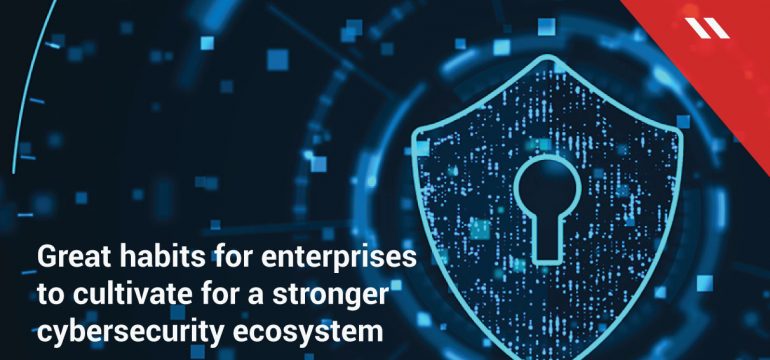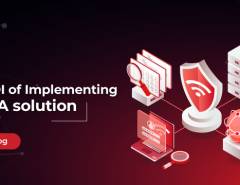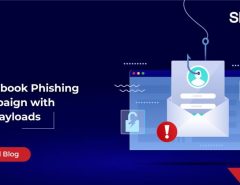Efficient cybersecurity is built on the foundation of good habits practised by internal customers. Enterprises may think a great deal about implementing effective cybersecurity practices and have plenty of meetings, but it’s actually not that complicated.
An effective framework is the first step but more importantly, is ensuring effective habit-formation.
Unfortunately, enterprises are populated by humans who like to take the easier but riskier way out. Whether it’s setting the same password across all accounts, leaving data freely available or using company devices on risky Wi-Fi networks, such bad habits can be problematic for an enterprise.
Here are a few tendencies that should be eliminated as soon as possible.
- Weak passwords
The problem with weak passwords is an issue that plagues an entire organization, from the top to the bottom. It’s not enough to have a policy about strong passwords – it’s also important to run regular campaigns across the entire organization with real-life case studies to educate employees on the importance of using strong passwords and how to do so.
- The lack of a security policy
The lack of a single unified security policy is an extremely bad enterprise security habit. A proper policy keeps all information and strategies in one place, becoming a one-stop repository in case of crises. Without a security policy, it is difficult for enterprises to remain protected.
- Taking shortcuts
When enterprises underestimate the damage of cyberattacks, the propensity is to run towards shortcuts. This means being reactionary to attacks and not taking cybersecurity seriously by running the most basic of solutions and not investing too much of time and energy. This is a recipe for disaster – cybersecurity is an extremely important function of an enterprise today and needs to be taken as seriously as any other function.
- Forgetting to have cybersecurity drills
Just like fire safety drills, it’s important to have regular cybersecurity drills. This inculcates preparedness into employees and gives them an idea of what happens during a cyberattack. But many organizations go for months and years without having one. This makes them extremely unprepared in the event of an actual cyber attack.
- Delayed patching and updating
Vulnerabilities in different enterprise software are often found every day and patches & updates are released to keep businesses safe from a cyber strike. But organizations can often be guilty of not being up-to-date on patching software for vulnerabilities. Hackers and cybercriminals are aware of this and often use these vulnerabilities to enter systems and cause immense chaos.
- Not investing in backup
An enterprise security framework goes a long way in enabling protection and strong solutions can also play a part. But it’s always important to have a fallback plan and that is where backup comes in. By backing up critical data at regular intervals, enterprises can ensure they have something to fall back on, in case of critical situations. However, many enterprises neglect this important step and as a result, put themselves at great risk in the event of unforeseen circumstances.
- Underestimating social engineering
Many enterprises can slip into the notion that cybersecurity is purely a technological issue and putting in place, a strong cybersecurity solution can solve all problems. But that is not the case – social engineering is as big an issue as cybersecurity, nowadays. The only way to solve this is to ensure that employees are as well- versed in cybersecurity issues as possible.
- The problem with access control
Access control is an issue almost every organization struggles with. They may have the strongest firewalls but it can be of no use if every user in the organization has access to everything. That makes an organization very susceptible to insider breaches. This also means that, if a hacker manages to gain control of a system with access to the network, this individual can break the entire IT infrastructure.
Seqrite’s Unified Threat Management (UTM) provides a one-stop solution for many of the problems identified above. It acts as the first line of defence providing IT security management, a safe working environment, high productivity and regulatory compliance in an extremely cost-effective way.




